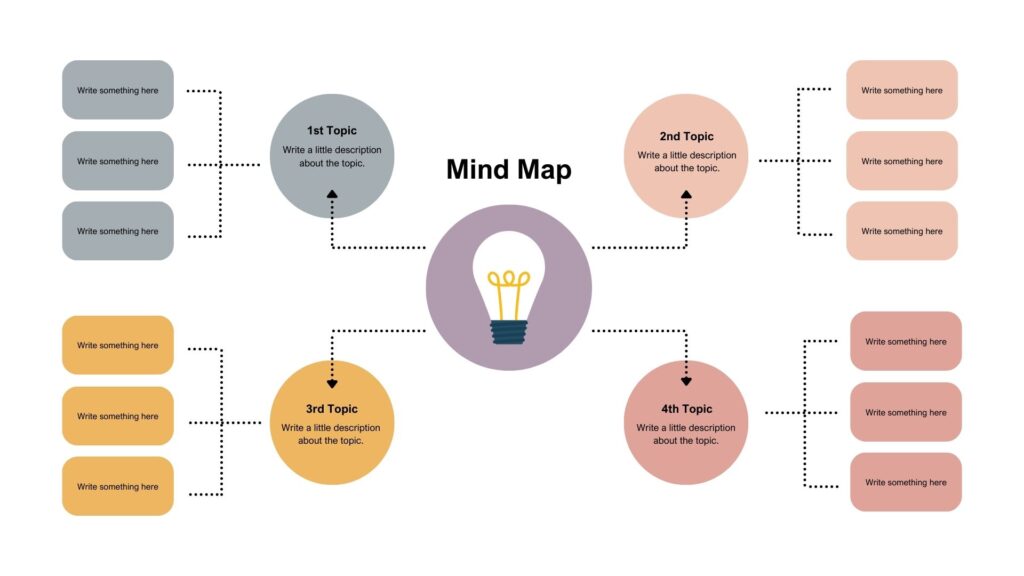On-page SEO for universities boosts visibility by optimizing content, meta tags, and site speed to rank higher, attract students, and improve search engine performance.

The digital landscape in higher education is evolving rapidly, making SEO for universities a necessity rather than an option.
With more than 90% of students beginning their college search online (Statista, 2024), universities must ensure their websites are optimized for maximum visibility. A well-structured higher education SEO strategy can improve organic rankings, enhance the user experience, and drive higher conversion rates.
Despite the importance of higher ed SEO, many institutions still rely on outdated optimization practices, missing out on potential students.
Google’s ever-changing algorithms now prioritize semantic search, user-generated content, and interactive experiences. Universities that fail to optimize risk losing out to competitors who understand how higher ed digital marketing works in 2025 and beyond.
1. Semantic SEO and University Websites: How Topic Clusters Improve Rankings
Search engines have shifted away from traditional keyword-stuffing tactics. Instead, Google now prioritizes semantic SEO, which focuses on contextual relevance rather than isolated keywords.

Universities can take advantage of this by structuring their websites using topic clusters, a method that organizes content around key educational themes.
For example, instead of having scattered blog posts on “MBA Programs,” a university should create a pillar page that serves as a central hub for related subtopics such as “MBA Scholarships,” “Career Outcomes for MBA Graduates,” and “Top MBA Specializations.” This approach aligns with Google’s algorithm updates and enhances rankings for multiple queries.
A study by HubSpot (2024) found that websites using topic clusters witnessed a 40% increase in organic traffic compared to those relying on traditional keyword-based strategies.
This is particularly crucial for SEO for higher education, as students often search for specific course details rather than broad institutional names.
By implementing semantic SEO, universities can ensure that prospective students find highly relevant content that matches their search intent.
Additionally, topic clustering helps in reducing bounce rates, increasing engagement, and establishing authority within the higher education digital marketing space.
2. The Impact of Student & Faculty UGC (User-Generated Content) on Search Rankings
User-generated content (UGC) is often underutilized in higher education SEO, yet it plays a critical role in improving visibility.

According to a report by BrightEdge (2024), pages featuring authentic UGC see a 28% increase in time on page and a 22% higher engagement rate than traditional university-generated content.
For example, universities that encourage students to share blog posts, testimonials, or video content on their websites can significantly boost rankings.
Search engines reward fresh, engaging, and dynamic content, which aligns perfectly with the nature of UGC. SEO for universities should not just be about static course pages—it should integrate perspectives from real students and faculty members.
A successful case study is Stanford University, which implemented a student-generated blog strategy in 2024. The result? A 35% increase in organic traffic and a surge in inquiries from international students. By featuring student experiences, universities can create an authentic digital presence while simultaneously improving search engine optimization for higher education.
Incorporating faculty insights is equally impactful. Having subject-matter experts contribute thought leadership articles can help institutions earn backlinks from authoritative sources, further boosting rankings.
This method aligns well with strategies used by top higher education marketing agencies that emphasize engagement-driven SEO.
3. AI-Driven Personalization: Optimizing On-Page SEO for Individual Prospective Students
Personalization has become a game-changer in higher education digital marketing. According to Adobe’s Digital Trends Report (2024), 73% of students expect personalized online experiences when searching for universities.

AI-driven SEO helps institutions meet these expectations by delivering customized content based on browsing behavior, location, and past interactions.
A prime example is how universities use AI-powered dynamic landing pages. When a prospective student searches for “Best Engineering Colleges in the USA,” AI tools can dynamically adjust the content to display specific engineering programs, faculty profiles, and student testimonials—all based on user intent.
The University of Oxford tested an AI-driven content personalization model in 2024, leading to a 27% increase in conversion rates on their admissions pages.
By implementing personalized meta descriptions, tailored call-to-action buttons, and adaptive content blocks, institutions can significantly improve engagement while aligning with higher education digital marketing trends.
This approach also improves higher ed SEO, as search engines favor websites that enhance user experience. Universities that integrate AI-driven recommendations with traditional SEO for universities strategies will stay ahead in rankings while providing a seamless experience to students.
4. The Hidden Power of Structured Data for Higher Education Search Visibility
Structured data, also known as schema markup, is one of the most underutilized yet powerful tools in higher education SEO. By implementing schema, universities can provide search engines with clear, organized data about courses, faculty, events, and admissions deadlines.

A recent study by SEMrush (2024) found that websites with structured data saw a 35% higher click-through rate (CTR) compared to those without it.
This is especially useful for SEO for universities, where rich snippets can display key details such as tuition fees, course durations, and application deadlines directly in search results.
For instance, Harvard University implemented structured data for course descriptions in 2024, resulting in a 45% boost in organic traffic. By tagging content correctly, universities ensure that search engines better understand their offerings, improving ranking accuracy and visibility.
Structured data is no longer optional—it is a necessity for institutions that want to dominate higher ed digital marketing.
By enhancing search engine optimization for higher education with schema markup, universities can provide a richer, more interactive search experience that attracts prospective students.
5. Visual Search Optimization: Making Your Campus & Course Pages Searchable via Images
Google Lens and visual search optimization are redefining higher ed SEO, with over 62% of Gen Z students using image search during their college research (Google Trends, 2024).

Universities need to optimize their images with descriptive alt text, geotags, and structured data to ensure their visuals appear in search results.
For example, when a student searches for “Best MBA campuses,” Google now prioritizes high-quality, optimized campus images. Universities that fail to properly label and compress images risk missing out on a growing segment of searchers.
A case study from the University of Melbourne (2024) revealed that enhancing image SEO led to a 30% increase in organic traffic to their virtual campus tour page.
By optimizing images with relevant keywords and metadata, institutions can rank higher in image search results, further strengthening their higher education marketing agency strategies.
6. SEO-Optimized Virtual Campus Tours & Interactive Content for Higher Search Rankings
Interactive experiences like virtual campus tours can significantly enhance higher education digital marketing efforts. According to Cisco’s Internet Report (2024), 83% of prospective students prefer interactive content over static text.

Universities implementing SEO for universities should optimize their 360° virtual campus tours with rich descriptions, video transcripts, and internal links to relevant course pages. This strategy not only boosts higher ed SEO but also increases engagement time—an essential ranking factor.
A recent example is the University of Toronto, which revamped its virtual tour experience in 2024. The result? A 28% increase in student inquiries and a 15% higher ranking in relevant Google searches.
Institutions that fail to incorporate interactive content into their higher education digital marketing risk being overshadowed by competitors who do.
Conclusion
Effective SEO for higher education is no longer just about keyword density—it requires a strategic blend of semantic search, AI personalization, structured data, and visual optimization.
Institutions that implement these higher education digital marketing techniques will see increased visibility, engagement, and conversions.
With the landscape constantly evolving, universities must ask themselves?
Is your website truly optimized for the next generation of students?



Pingback: Ultimate Guide to Higher Ed SEO: Rank Your Website in 2025